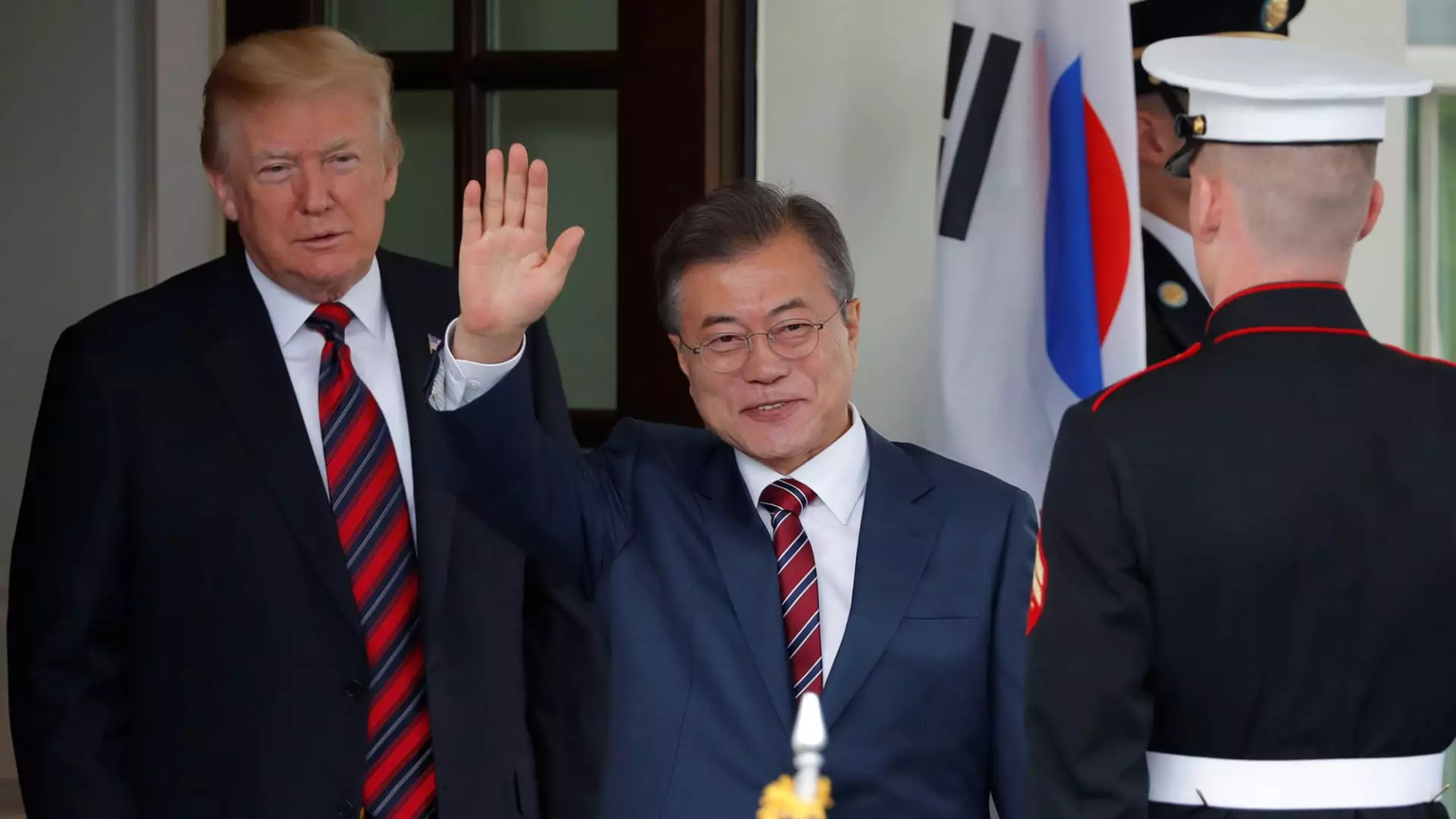The tumultuous landscape of international trade has become a focal point of discussion amid escalating tensions regarding tariffs, particularly under the Trump administration. With the potential imposition of higher tariffs on U.S. trading partners, the automotive sector stands to experience significant upheaval, especially concerning vehicles imported from East Asia. As we delve into the intricacies of this situation, we will evaluate the implications for major automakers, the broader industry, and American consumers.
The Growing Influence of East Asian Automakers
Recent data reveals that South Korea and Japan comprise a significant portion of the automobile market in the United States, contributing to 16.8% of vehicle sales in a given year. Among them, South Korea has seen remarkable growth, displacing Japan to become the second-largest exporter of vehicle imports to the U.S., only trailing behind Mexico. The trend indicates not just a shift in market dynamics but also the developing competitive landscape among key players like General Motors and Hyundai.
Automakers, particularly those based in these countries, have benefited from the current trade agreements that allow them to export vehicles tariff-free to the U.S. This has facilitated increased sales and market share, enabling manufacturers like Hyundai to lead the charge in vehicle exports. Additionally, these favorable conditions have propelled South Korean manufacturers to leverage their cost advantages effectively.
Tariff Threats and Their Potential Outcomes
The anticipated introduction of tariffs by the Trump administration poses a potential risk to the positive trajectory of these East Asian automakers. Should tariffs increase, especially beyond the current 2.5% on Japanese imports, the increased cost burden may ultimately be passed onto consumers, leading to a surge in vehicle prices. Such a development could curtail demand, threatening sales volumes that have been on the rise.
Experts like Jeff Schuster from GlobalData highlight the risks faced particularly by companies like Hyundai and General Motors, which have substantial exposure to changes in tariff structures. While the immediate impact may be concentrated on these automakers, the broader ramifications could lead to an upheaval in the automotive market landscape as consumers reassess their buying options amid rising costs, directly affecting demand for imported vehicles.
In stark contrast to the proposed tariffs, scholars and industry experts stress the significance of free trade in fostering competition and innovation in the automotive sector. Terence Lau, a law expert and former trade consultant for Ford, argues that while the industry can adapt to changes in tariffs, the adjustment is neither quick nor straightforward. Lau emphasizes that the automotive industry thrives on free trade principles which enable manufacturers to offer products that meet consumer demands.
He notes the critical differentiation between benign tariffs that merely complicate trade and those that cross the threshold into detrimental territory, specifically when tariffs approach 10% or higher. Such levels would impact profit margins significantly, likely resulting in a recalibration of pricing strategies for automakers reliant on imports.
The Concerns Voices by Industry Leaders
Industry leaders have also weighed in on the issue, with figures like Ford Motor’s CEO, Jim Farley, calling for a comprehensive tariff strategy that applies uniformly across various countries. Farley highlighted the potential discrepancies in tariff policies that could disproportionately favor select imports over domestic producers. His call for a balanced tariff approach underscores the complexities inherent in the current trade environment and seeks to highlight a potential inequity that could bolster competition while simultaneously protecting U.S. interests.
These sentiments resonate with concerns that an unbalanced tariff structure would not only hurt domestic players but also distort the competitive landscape, ultimately harming American consumers who may end up shouldering the financial burden of these economic policies.
As discussions surrounding potential tariffs continue, the future of trade relations between the U.S. and key partners like South Korea and Japan remains uncertain. The White House’s position on these tariffs, which appear subject to ongoing deliberations, adds additional layers of complexity.
In response to the vast implications of this policy, there exists a need for careful consideration. An ideal resolution would seek to foster fair competition while ensuring consumers are not unduly penalized by rising costs. For the automotive industry, one of the most vital sectors of the U.S. economy, striking the right balance in trade relations can sustain its growth trajectory while continuing to meet consumer needs.
While the potential for increased tariffs looms large, the automotive industry stands prepared to navigate this complex terrain. While it may not be able to pivot instantly, its resilience and adaptability will be crucial for maintaining a competitive edge in an ever-evolving global market.


Leave a Reply